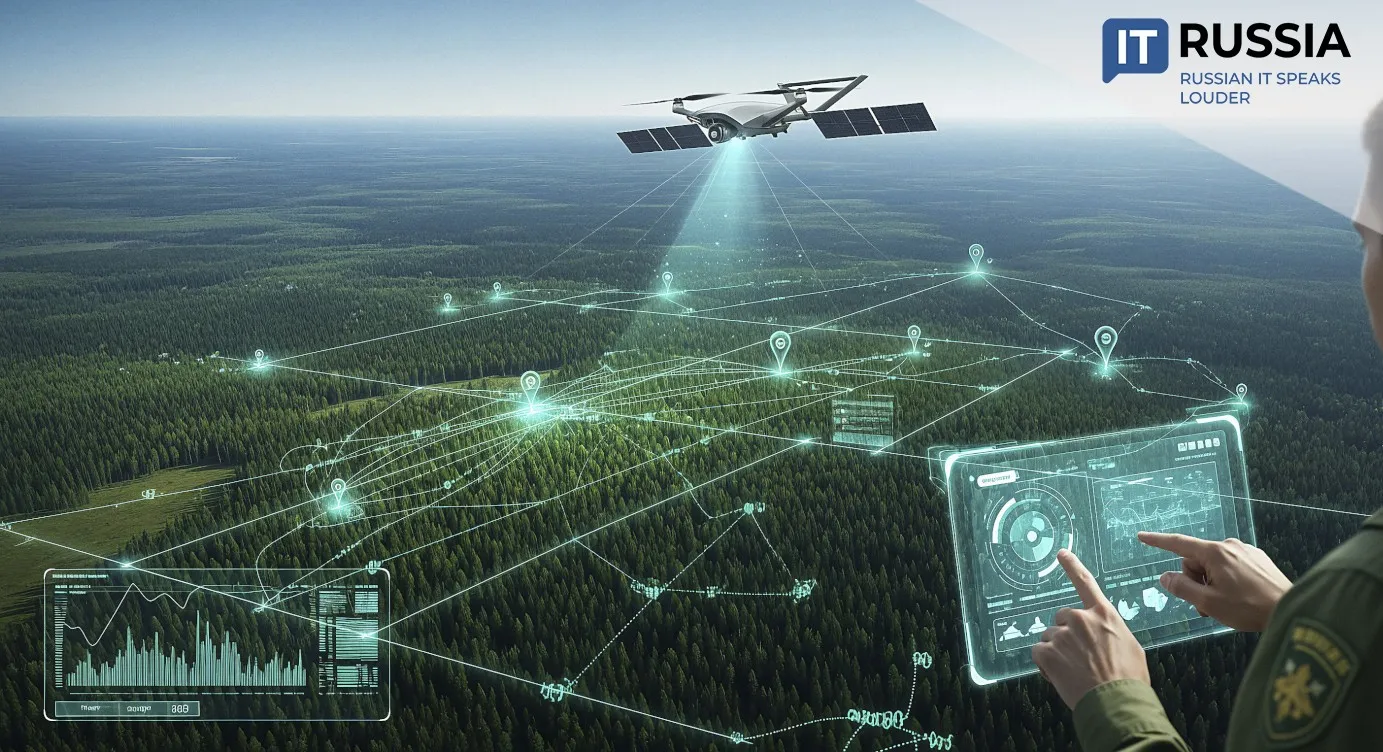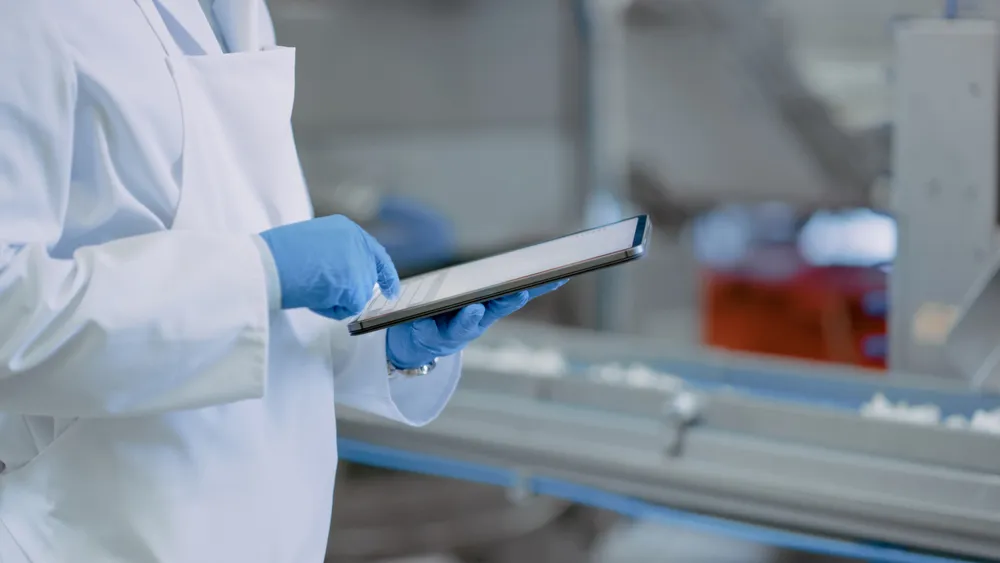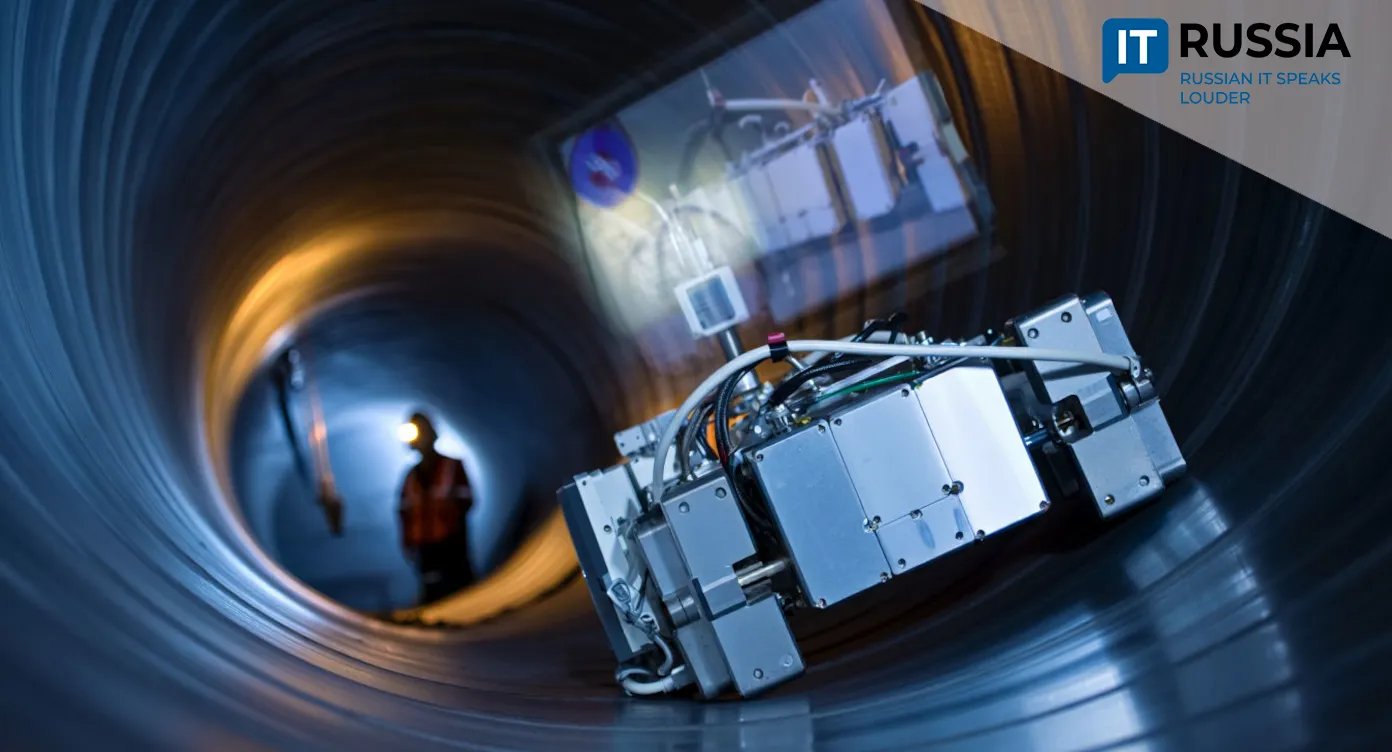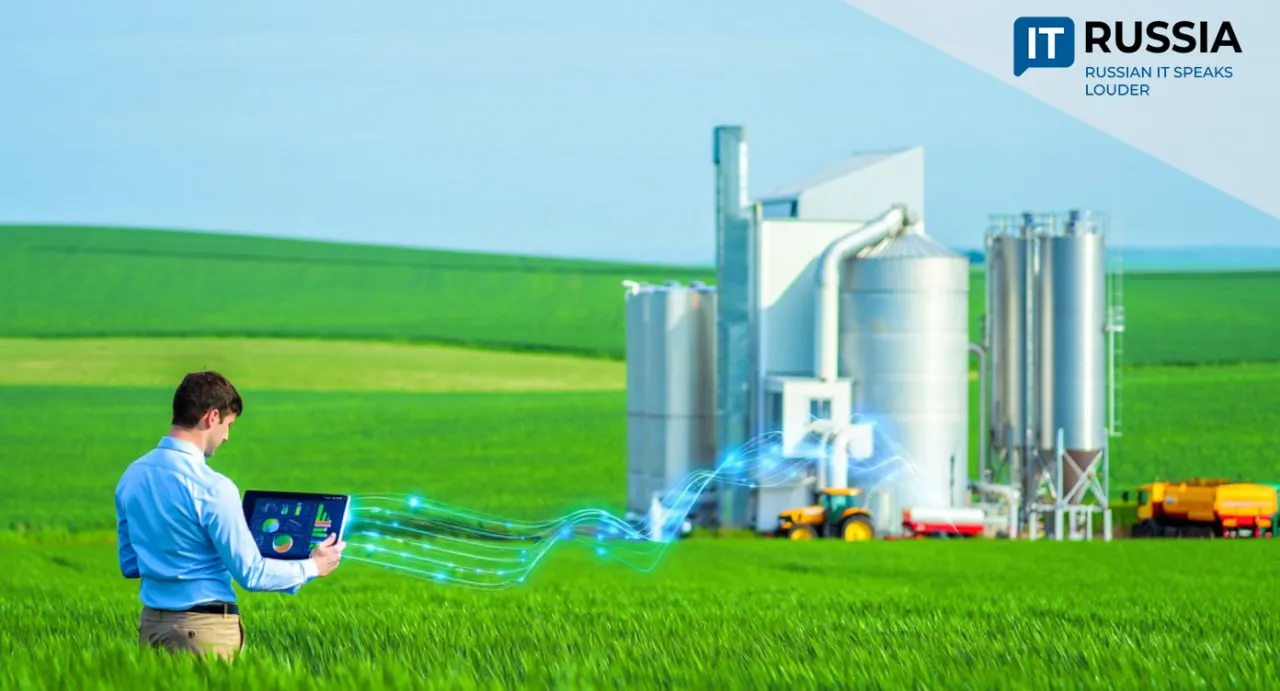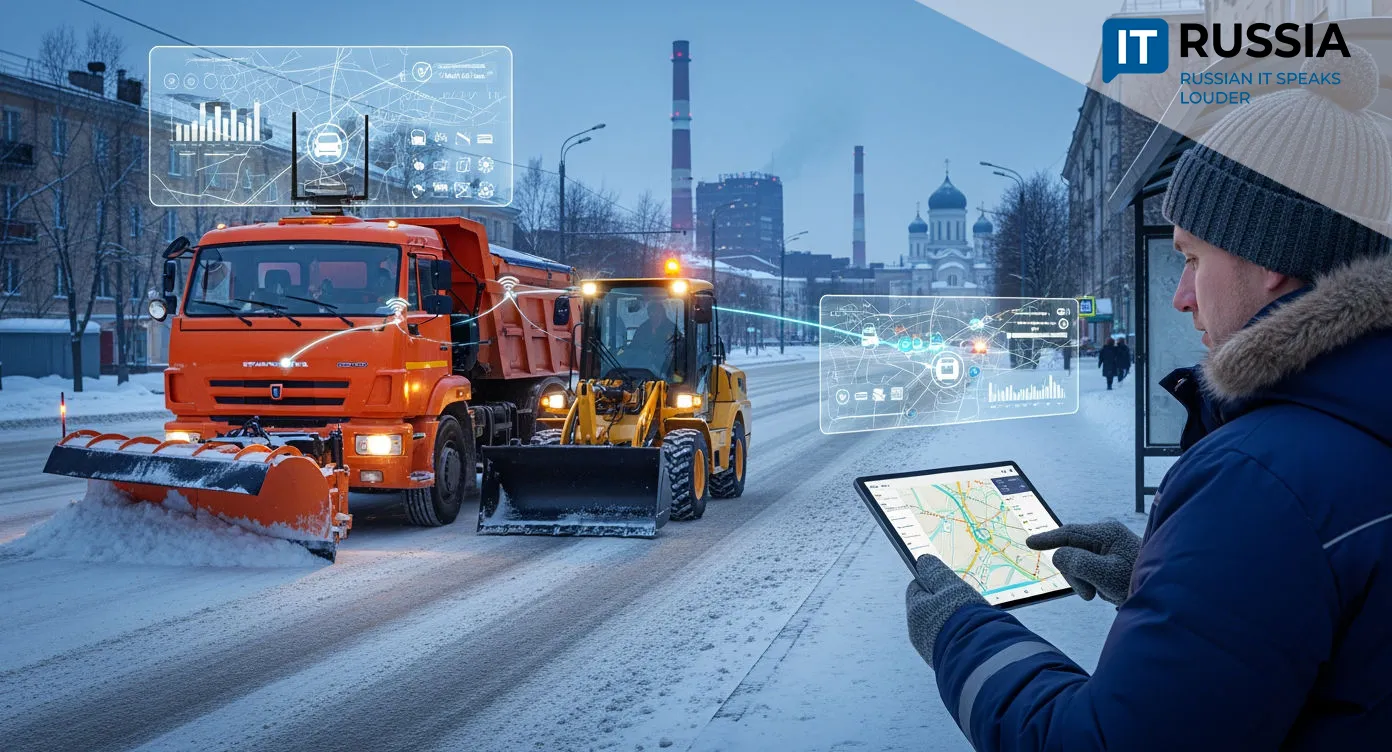Smart Microclimate: Digital Twins Help Grow Tastier Fruits
Controlled-environment agriculture is entering a new stage of efficiency and sustainability. Russian and Belarusian scientists have developed digital twin technology for city farms and greenhouses, paving the way for smarter farming of the future.
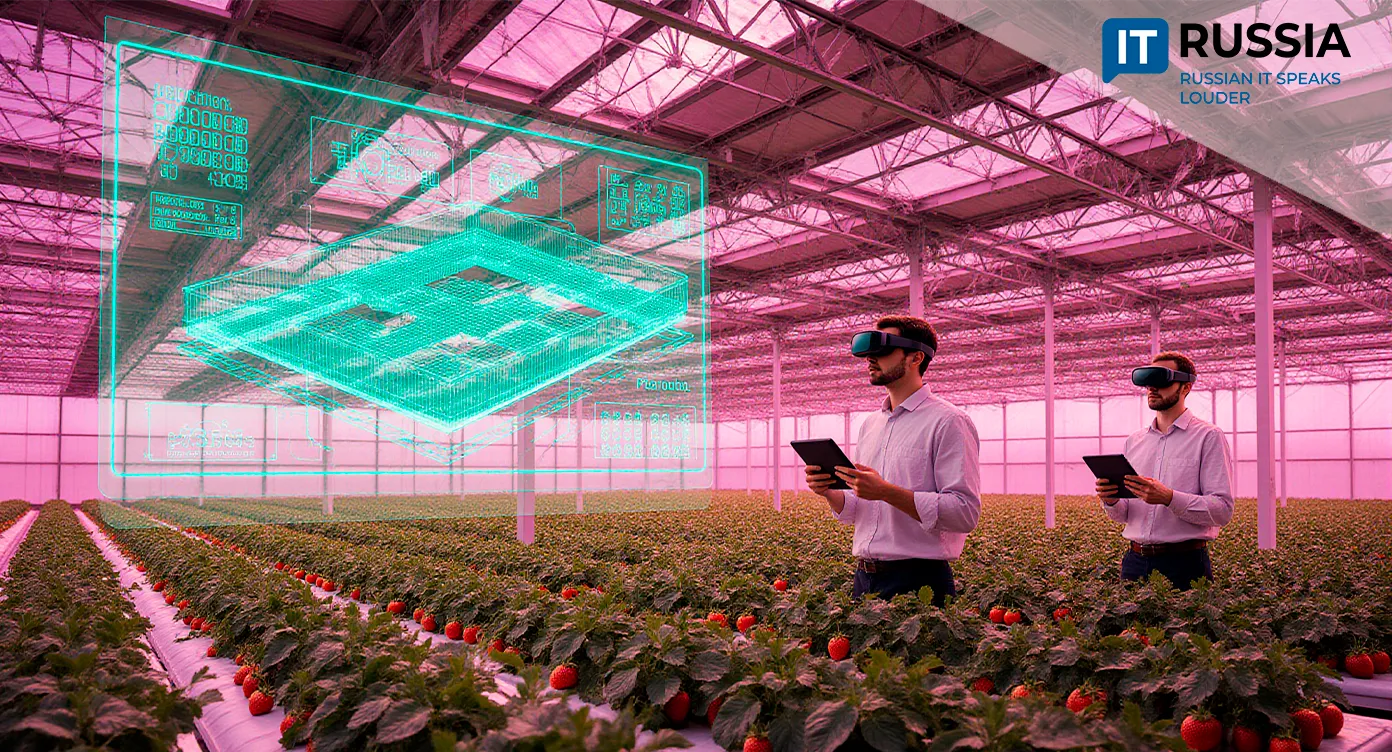
Sensors and Mathematical Model
Crop production in Russia is expanding beyond open fields into greenhouses and urban farms — complexes designed for growing eco-friendly plants with advanced equipment. In these facilities, efficient use of resources is crucial.
Researchers from Siberian Federal University (SFU) and the Center for LED and Optoelectronic Technologies of the National Academy of Sciences of Belarus made cultivation even more effective. They created a digital twin for specialized chambers known as phytotrons, where plants grow under complete climate control, and the project was supported by a grant from Russia’s Ministry of Science and Higher Education.
At its core, the system combines a physical-mathematical model with IoT sensors that continuously track temperature, humidity, and carbon dioxide levels. Farmers can monitor and automatically adjust growth conditions in real time. Importantly, the system can also forecast changes, enabling resource optimization.
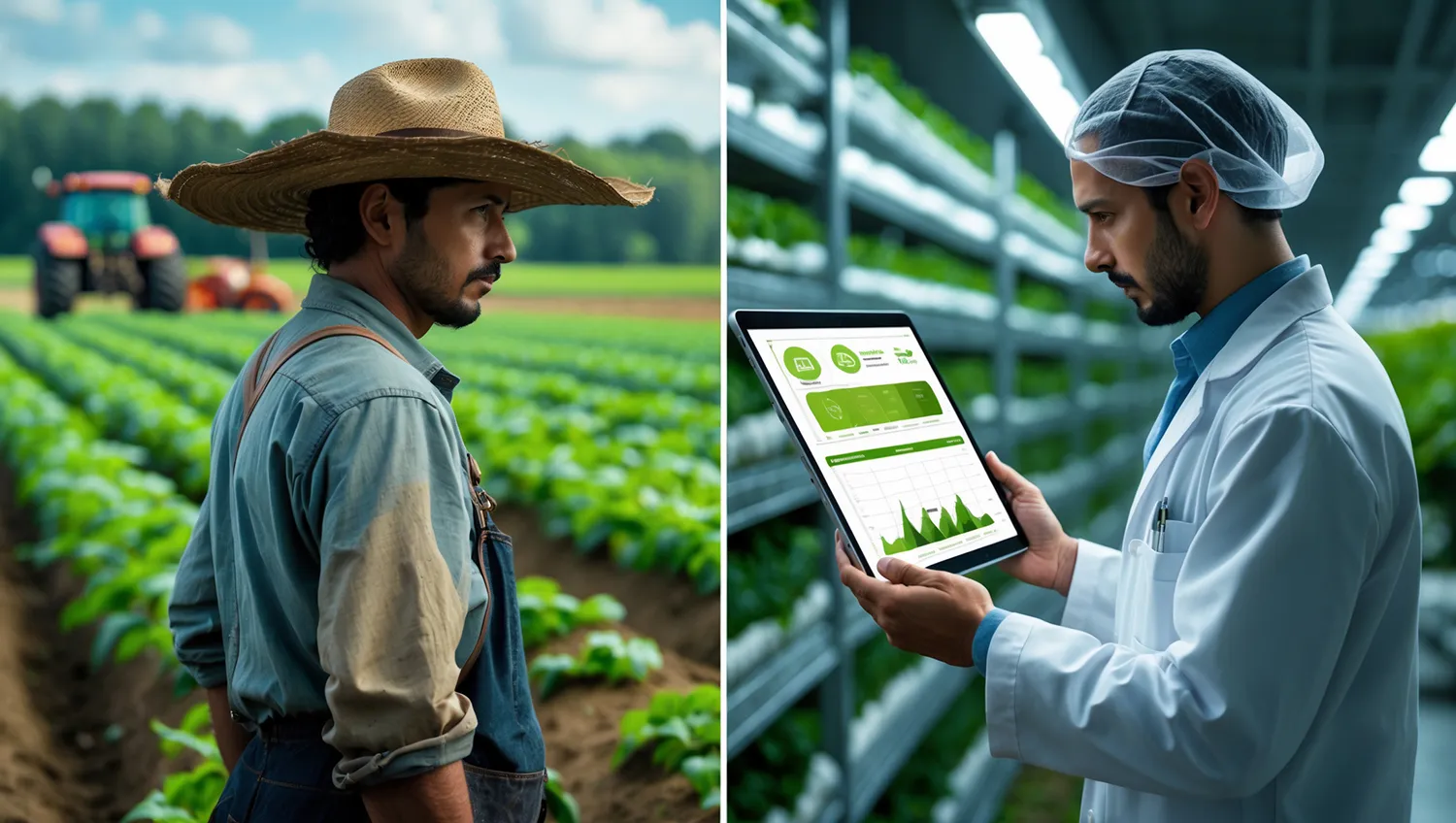
From Practice to Virtual Experiments
Tests were conducted at a vertical city farm with 4,500 planting sites. The digital twin successfully tracked daily climate fluctuations and energy use, validating the accuracy of the hybrid model.
“A digital twin is a dynamic virtual computing model that reflects the current state of a smart farm. It is built on data collected from internal sensors. With artificial intelligence and analytics, the digital twin can forecast events, model scenarios and suggest the most efficient cultivation strategies,” explained Ivan Timofeenko, head of SFU’s city farming lab.
Results showed impressive precision: temperature deviation did not exceed 0.1°C, humidity was maintained within 2%, and energy use forecasts matched actual consumption by 99.5%. Data collected onsite was also used to train neural networks, making it possible to run virtual experiments with the phytotron twin.
Farmers can adjust equipment parameters, analyze impacts on climate factors, and estimate yields under new conditions. The technology strengthens Russia’s independence in microclimate management for controlled agriculture.
Low-Cost Tools, High-Value Yields
The phytotron setup relies on simple and affordable IoT devices — smart sockets, sensors, servers, LED lighting, and climate-control systems for heating, cooling, and dehumidification.
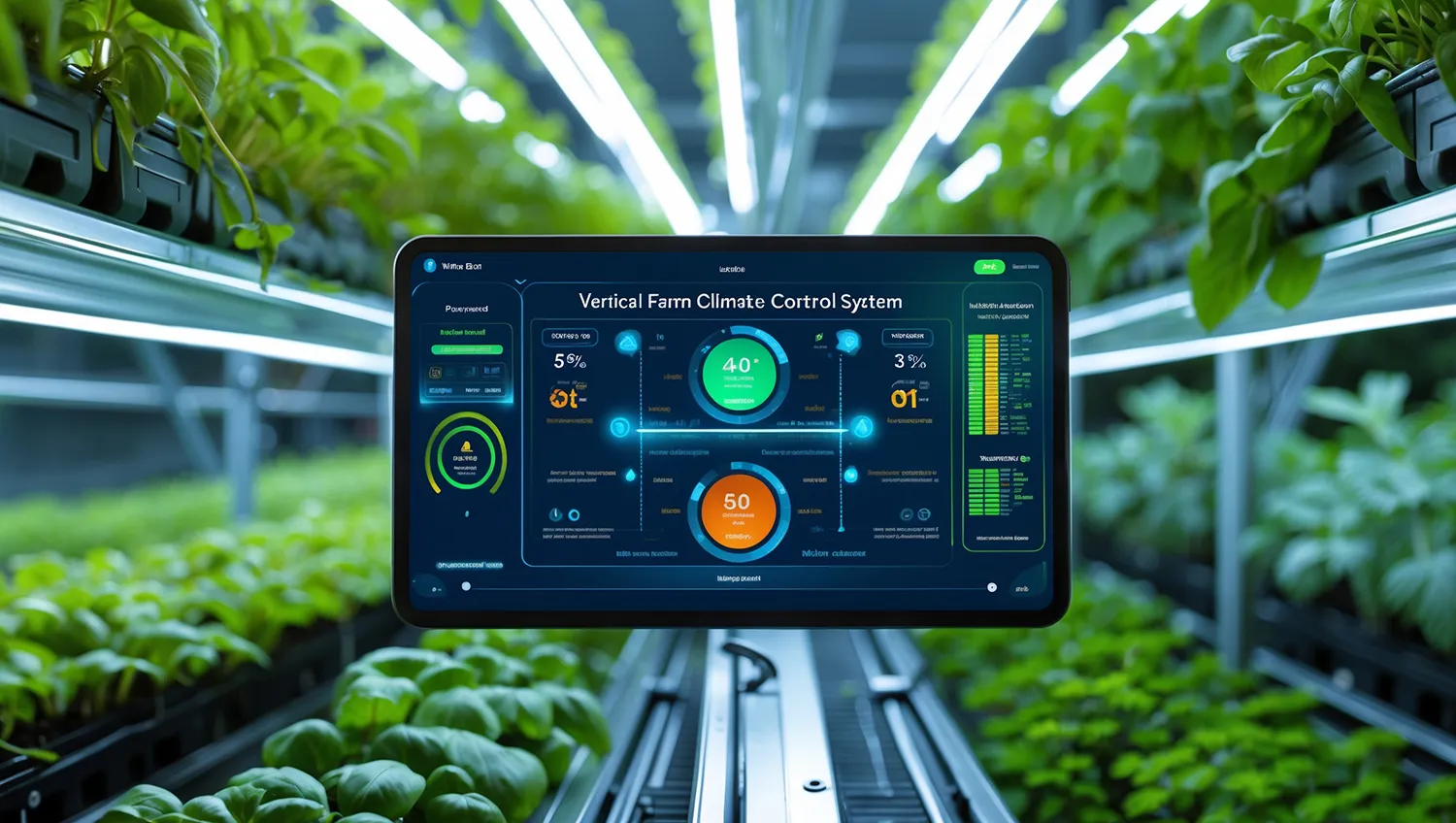
The total cost of equipment is about $2,900, making it accessible for widespread use. Widespread adoption enables scaling production of greens, vegetables, and fruits, which is especially critical for remote regions and harsh climates. This ensures stable harvests and predictable prices while lowering production costs. Digital twins of phytotrons can cut energy consumption by 20–30%.
“Applying digital twins to boost yields is highly effective. The accuracy of these models makes it possible to optimize energy use. In the long run, such technology will form sustainable feedback loops that positively impact crop productivity,” said Egor Ershov, head of the Color Computational Photography Group at AIRI and the Kharkevich Institute of Information Transmission Problems, Russian Academy of Sciences.
Export to the Middle East
The next step is integration with automated agribusiness management systems. Once scaled and proven in mass production Russia’s digital agriculture technology carries strong export potential.
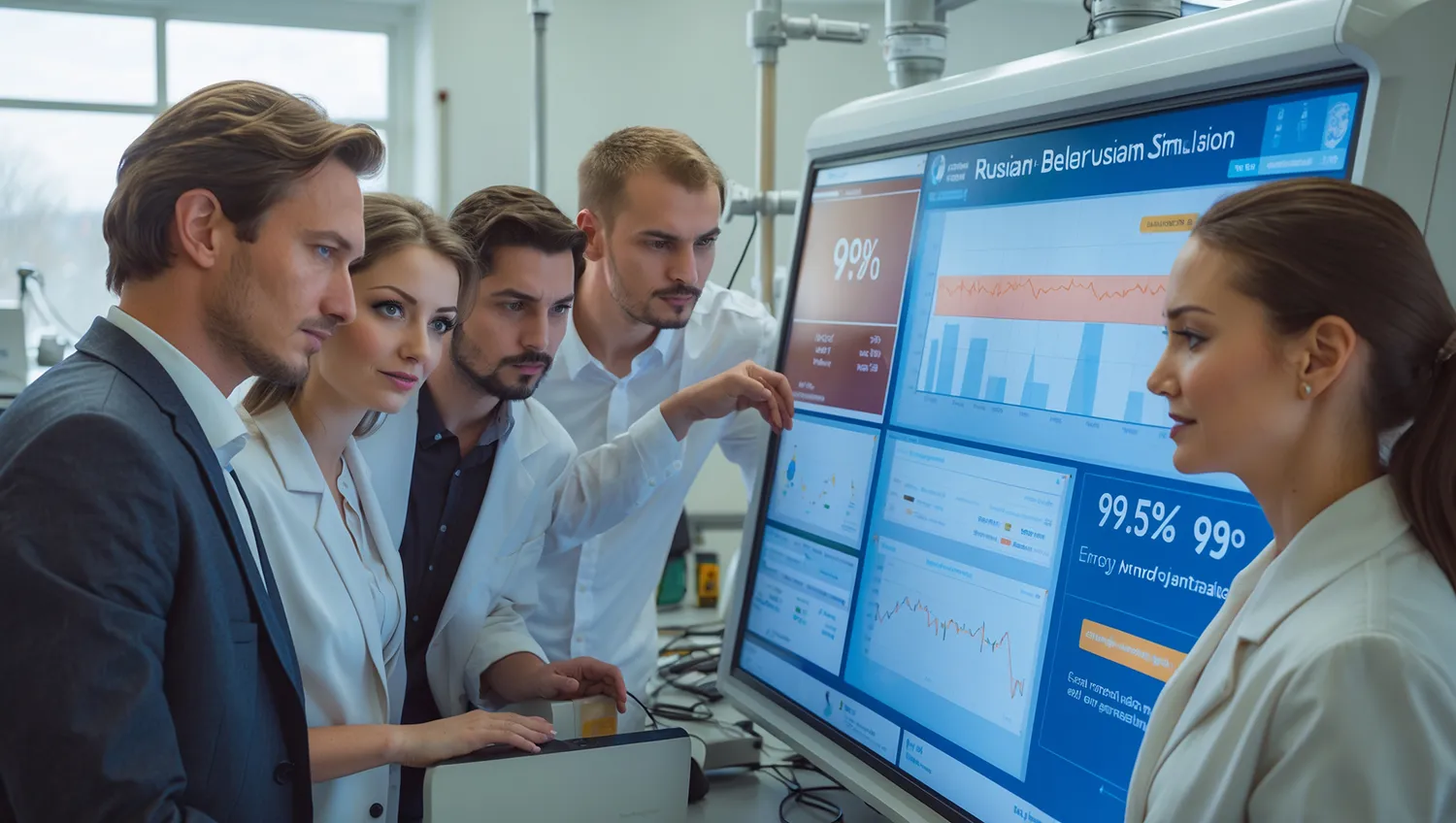
The Middle East is investing heavily in controlled-environment farming. Emirates Flight Catering recently acquired Emirates Bustanica (formerly Emirates Crop One), operator of the world’s largest indoor vertical farm. The deal supports the UAE’s national food and water security strategy.
Russia’s digital twin technology for city farms is well-positioned to bring value to this market, providing advanced climate management for local agriculture.












